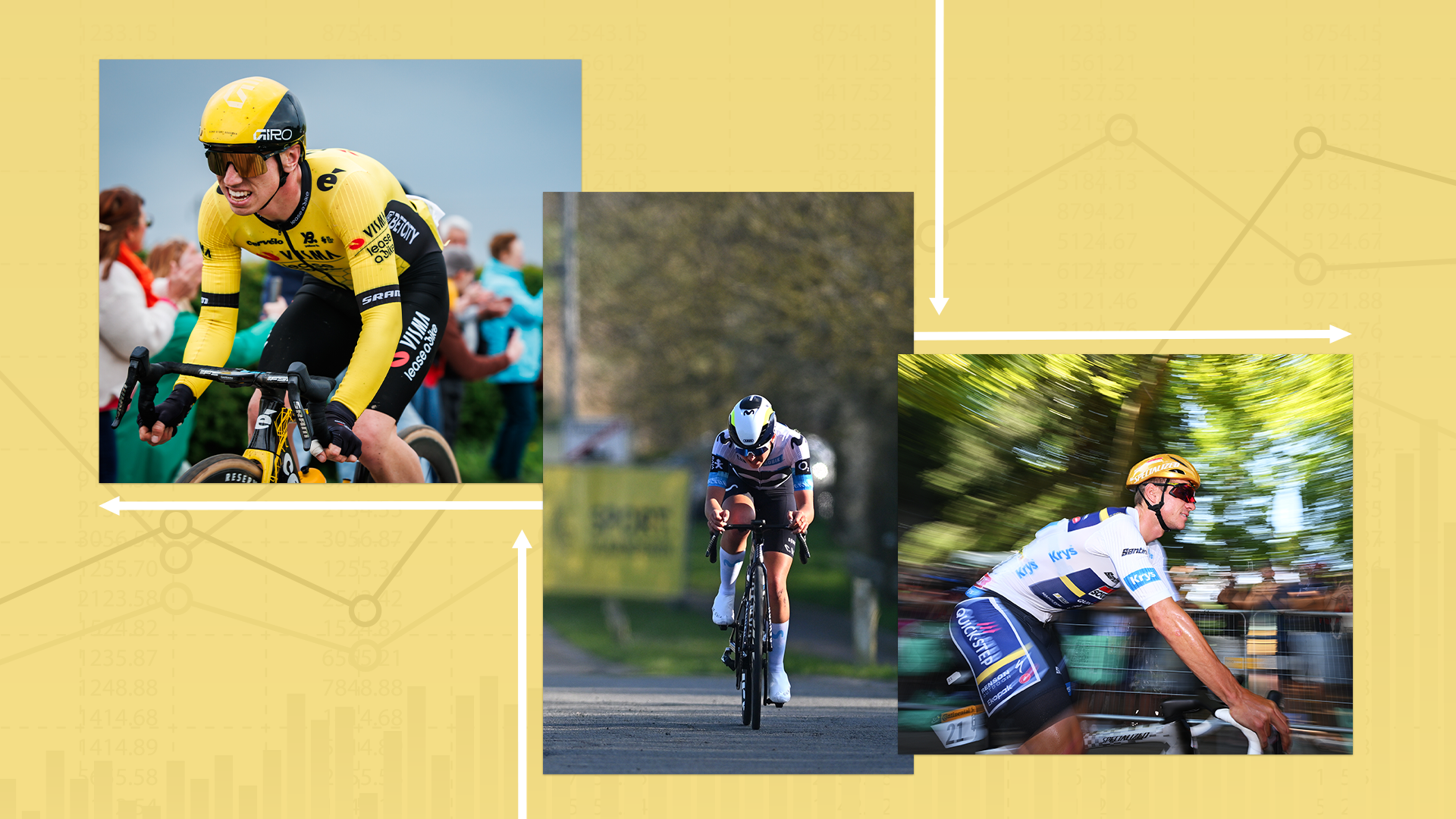
"High training volume is crucial because races like the 150-200 km men’s events demand high aerobic-intensity, requiring optimized oxygen transfer and substrate breakdown for fuel."
"The aerobic respiration system's effectiveness hinges on genetic factors for oxygen diffusion, but the subsequent transport of oxygen via the cardiovascular system is trainable."
"Improving cardiac output and blood plasma volume enhances the transportation of blood and oxygen, essential for aerobic performance at professional levels in cycling."
"Altitude training can enhance haemoglobin levels, whereas the development of a capillary network is vital to improving endurance and oxygen delivery in athletes."
Younger riders, such as Remco Evenepoel and Zoe Bäckstedt, are rapidly succeeding in professional cycling, raising questions about their adaptation to increased training demands. Professional cyclists must endure extensive training volumes due to the nature of races, which often span 150-200 km. This requires superior aerobic performance, primarily reliant on effective oxygen transport and substrate utilization. Key aspects of improving aerobic capacity include enhancing cardiac output and blood plasma volume. Additionally, altitude training and the development of a robust capillary network are essential for optimizing oxygen delivery to the muscles during endurance events.
Read at Cyclingnews
Unable to calculate read time
Collection
[
|
...
]